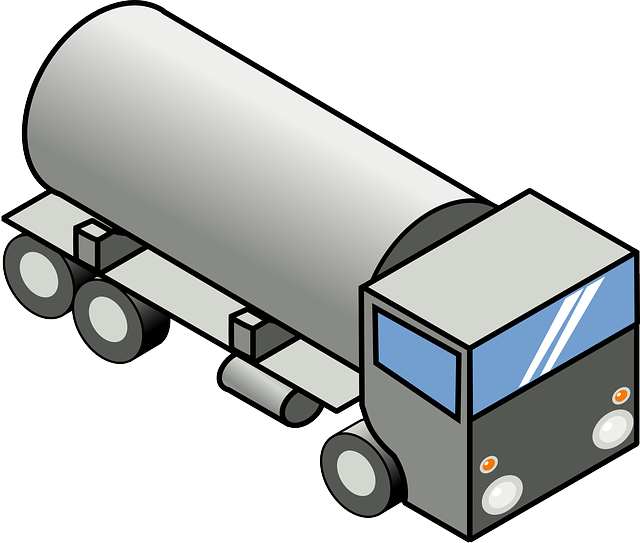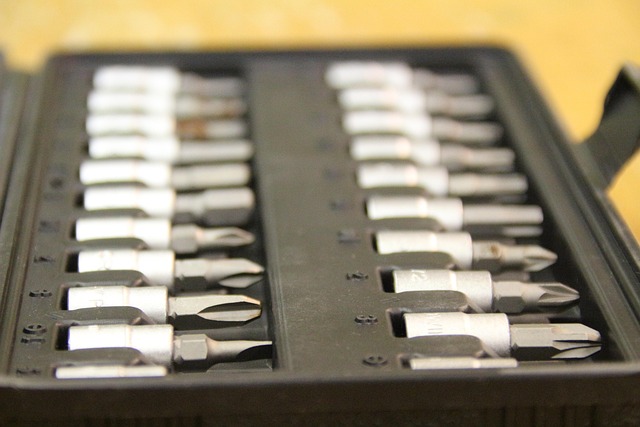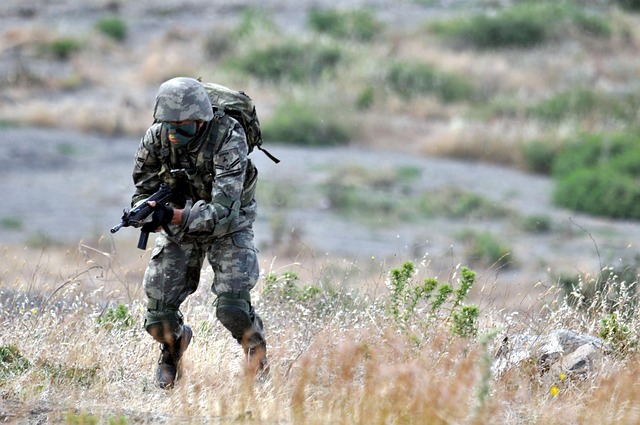Firefighters face increasingly complex Hazmat situations, requiring advanced training tools to replicate these challenges. The MC306 Dome Training Simulator, DOT406 Hazmat Prop, and other specialized equipment provide immersive experiences for practicing critical skills like leak containment and valve operation without risking exposure to harmful materials. These innovative solutions enhance preparedness, confidence, and team coordination, ultimately saving lives and minimizing risk during actual Hazmat incidents. The emergency response dome simulator revolutionizes training by offering safe, realistic scenarios that boost individual performance and overall team effectiveness.
Firefighters face increasingly complex hazardous materials (Hazmat) responses, necessitating specialized training tools. The evolving landscape demands more immersive and realistic preparation. This article explores the MC306 Dome Training Simulator and its complementary equipment, addressing the limitations of traditional methods with innovative solutions. From the Dot406 Hazmat Training Prop to the Tanker Dome Leak Simulator, these tools offer diverse, hands-on experiences, enhancing safety and efficacy in real-world scenarios. We’ll delve into key components, integration strategies, and best practices for implementing effective Hazmat dome training programs.
- Understanding the Need for Specialized Hazmat Training Tools
- – The evolving landscape of hazardous materials response
- – Limitations of traditional training methods
- – Benefits of immersive dome training scenarios
Understanding the Need for Specialized Hazmat Training Tools

Firefighters face increasingly complex and hazardous situations when responding to emergencies involving hazardous materials (Hazmat). Traditional training methods often struggle to replicate the unique challenges presented by these scenarios, leaving first responders underprepared for real-world crises. This is where specialized Hazmat training tools, such as dome simulators, play a pivotal role. These innovative devices offer immersive training experiences that enable firefighters to develop critical skills and gain valuable hands-on practice in managing hazardous substance incidents safely.
The MC306 Dome Training Simulator, DOT406 Hazmat Training Prop, Dome Clamp Training Unit, Tanker Dome Leak Simulator, and Hazmat Valve Training Equipment represent cutting-edge solutions designed to bridge the gap between training and reality. These tools allow firefighters to practice a range of tasks, from containing leaks and operating specialized valves to navigating labyrinthine dome structures during emergency response situations. By leveraging these specialized simulators, fire departments can ensure their personnel are well-prepared, confident, and equipped to handle Hazmat incidents effectively, ultimately saving lives and minimizing the impact of these dangerous events.
– The evolving landscape of hazardous materials response

The evolving landscape of hazardous materials (HazMat) response demands increasingly sophisticated training tools to prepare firefighters for the unique challenges they face. Traditional methods, while effective, often cannot replicate the complexity and realism required to train for HazMat incidents. This is where innovative simulation technologies like the MC306 Dome Training Simulator, DOT406 Hazmat Training Prop, Dome Clamp Training Unit, Tanker Dome Leak Simulator, and Hazmat Valve Training Equipment come into play. These tools offer a safe, controlled environment to hone skills critical for effective on-scene response, from valve manipulation to leak containment.
For instance, the MC306 dome training simulator provides a comprehensive platform that mimics real-world hazardous material scenarios, allowing firefighters to practice their containment and decontamination procedures without risking exposure to actual harmful substances. Similarly, the Tanker Dome Leak Simulator helps in mastering spill response techniques while the Hazmat Valve Training Equipment hones the precision needed for tight valve controls during high-pressure situations. Such specialized equipment is revolutionizing emergency response training, ensuring that firefighters are equipped to handle modern HazMat challenges with confidence and efficiency.
– Limitations of traditional training methods

Traditional training methods for hazardous materials (Hazmat) responses have long relied on static scenarios and manual prop handling, often limiting the depth of practical experience gained by firefighters. These methods can be time-consuming, costly, and may not fully replicate the dynamic nature of real-world Hazmat incidents. For instance, practicing containment techniques using dot406 hazmat training props or simulating tanker dome clamp training units in a controlled environment doesn’t always translate to efficient on-scene operations due to the unique challenges presented by each incident.
The MC306 dome training simulator, along with other advanced equipment like the tanker dome leak simulator and hazmat valve training equipment, offers a revolutionary approach. These tools provide realistic, immersive experiences that allow firefighters to train for various Hazmat scenarios, including complex dome leaks and valve operations, within a controlled setting. By accelerating training time and reducing costs compared to traditional methods, these simulators empower emergency responders to hit the ground running when faced with actual Hazmat incidents, ensuring safer and more effective responses.
– Benefits of immersive dome training scenarios

Immersive dome training scenarios offer a multitude of benefits for firefighters, especially when it comes to Hazmat (Hazardous Materials) response preparation. The MC306 Dome Training Simulator, along with its complementing tools like the DOT406 Hazmat Training Prop, Dome Clamp Training Unit, Tanker Dome Leak Simulator, and Hazmat Valve Training Equipment, creates a realistic and controlled environment that mirrors real-world emergency scenes. This allows firefighters to gain hands-on experience in a safe space, enhancing their understanding of complex procedures and protocols.
These scenarios enable practitioners to develop critical decision-making skills, practice coordination with team members, and become proficient in using specialized equipment. The emergency response dome simulator facilitates comprehensive training by exposing firefighters to various hazardous situations, from chemical leaks to structural fires involving hazardous materials. This immersive experience not only improves individual performance but also boosts the overall effectiveness of emergency response teams, ensuring they are ready to tackle a wide range of challenging scenarios with confidence and efficiency.














